By Rajiv Kumar Singh
Principal, Aims Maritime Academy
1. Definition of continental shelf as per UNCLOS III 1982:
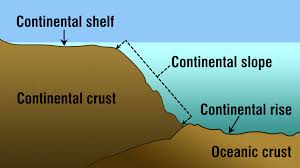
Article 76 of UNCLOS gives the definition of continental shelf. In brief, the continental shelf of a coastal State comprises the sea-bed and subsoil of the submarine areas that extend beyond its territorial sea throughout the natural prolongation of its land territory to the outer edge of the continental margin, or to a distance of 200 nautical miles from the baselines from which the breadth of the territorial sea is measured where the outer edge of the continental margin does not extend up to that distance. The outer limit of the continental shelf shall not exceed 350 nautical miles from the baselines from which the breadth of the territorial sea is measured or shall not exceed 100 nautical miles from the 2,500 meter isobaths, which is a line connecting the depth of 2,500 meters.
Paragraph 7 states that the coastal State shall delineate the outer limits of its continental shelf, where that shelf extends beyond 200 nautical miles from the baselines from which the breadth of the territorial sea is measured, by straight lines not exceeding 60 nautical miles in length, connecting fixed points, defined by coordinates of latitude and longitude.
Figure 1: Continental Shelf (National Centre for Antarctic and Ocean Research Ministry of Earth Sciences, Government of India), http://www.ncaor.gov.in
Benefits of such extensions– The coastal State exercises over the continental shelf sovereign rights for the purpose of exploring it and exploiting its natural resources. The coastal State shall have the exclusive right to authorize and regulate drilling on the continental shelf for all purposes. All States are entitled to lay submarine cables and pipelines on the continental shelf.
The rights referred to are exclusive in the sense that if the coastal State does not explore the continental shelf or exploit its natural resources, no one may undertake these activities without the express consent of the coastal State.
“The natural resources referred to in this part consist of the mineral and other non-biological resources of the seabed and marine subsoil together with the living organisms belonging to sedentary species, that is to say, organisms which, at the harvestable stage, either are immobile on or under the seabed or are unable to move except in constant physical contact with the seabed or the marine subsoil.”
Purpose of Commission on the Limits of the Continental Shelf (the Commission or CLCS)
Article 76 of UNCLOS, paragraph 8, states that information on the limits of the continental shelf beyond 200 nautical miles from the baselines from which the breadth of the territorial sea is measured shall be submitted by the coastal State to the Commission on the Limits of the Continental Shelf set up under Annex II on the basis of equitable geographical representation.
The Commission shall make recommendations to coastal States on matters related to the establishment of the outer limits of their continental shelf. The limits of the shelf established by a coastal State on the basis of these recommendations shall be final and binding.
Mandate of the Commission on the Limits of the Continental Shelf The CLCS has a two-pronged mandate under article 3 of Annex II of the Convention: 1. To consider the data and other material submitted by Coastal States concerning the outer limits of the continental shelf in areas where those limits extend beyond 200 nautical miles and to make recommendations; and 2. To provide scientific and technical advice, if requested by the Coastal State concerned during the preparation of the submission. The first task of the CLCS is to consider the data and other materials submitted to it by the Coastal States concerning the outer limits of the continental shelf and to make recommendations. The methods, data, and other material, as well as analysis, which were undertaken by the Coastal State in establishing its outer limits shall be evaluated as to whether they are in accordance with article 76 of the Convention. The CLCS does not have a direct mandate to establish the outer limits. The right and the power to establish the outer limits belong to the Coastal State. The recommendatory nature of the first task is therefore an acknowledgement of the Coastal State’s sovereign right. The second task of the CLCS refers to the advisory role it could play during the preparation of the submission by the Coastal State. The preparation of the Coastal State of its submission includes its initial determination of the outer limits of the continental shelf. At the time of preparation of its submission, the Coastal State may request the CLCS for a scientific and technical advice.
“Seabed disputes chamber” of ITLOS: Advisory opinions
“UNCLOS” Article 191 states that the “Seabed Disputes Chamber” shall give advisory opinions at the request of the Assembly or the Council on legal questions arising within the scope of their activities. Such opinions shall be given as a matter of urgency. Thus “Seabed disputes chamber” of ITLOS is also involved in this process of extension of continental shelf boundaries.
Artic Rim Dispute
The stakeholders are the United States, Russia, Canada, Norway, and Denmark Four of the five Arctic Nations have only recently ratified the UN Convention on the Law of the Seas; the United States has still yet to do so. As the waters warm, the Convention has been used as a tool to entrench territorial claims through UN appeals and report submissions to the Commission on the Limits of the Continental Shelf UN Subcommittee (CLCS). In short, the interested parties are attempting to exploit the convention as a way to extend legitimate Arctic claims beyond the 200 nautical mile mark. This is where “Seabed Disputes Chamber” will have a major role to play.

India’s submission of extension claim in the Arabian Sea and Bay of Bengal:
Considering that India’s continental shelf extends beyond the 200 nautical miles from the territorial sea baselines, the Ministry of Earth Sciences undertook a major multi-institutional national program of collecting, processing, analysing and documenting the requisite scientific and technical information for delineating the outer limits of the continental shelf in the Arabian Sea and the Bay of Bengal including the western offshore areas of the Andaman-Nicobar Islands. The task was implemented by National Centre for Antarctic and Ocean Research, an autonomous institute of Ministry of Earth Sciences with close participation of Ministry of External Affairs, Naval Hydrographic Office of Ministry of Defense, National Institute of Oceanography and National Geophysical Research Institute of Council of Scientific and Industrial Research, Geological Survey of India, Directorate General of Hydrocarbons, and Oil and Natural Gas Corporation. On the 11th May, 2009, India filed to the CLCS, her first partial submission under the provisions of article 76 for a continental shelf extending beyond 200 nautical miles (M) from the Indian baselines.
India’s efforts to resolve issues of overlapping claims with neighbouring countries: Together with cobalt crusts, manganese nodules are considered to be the most important deposits of metals and other mineral resources in the sea today.
India’s claim over 300,000 sq. km of seabed in the Bay of Bengal that could potentially have large hydrocarbon reserves is being disputed by its eastern neighbours Myanmar and Bangladesh. India’s claim was likely to also conflict with regions claimed by Sri Lanka as its own. India’s external affairs ministry is likely to enter into bilateral discussions with these countries and resolve the contentious issues, rather than wait for the UN to take a call.
Conclusion:
As a conclusion, we can say that “Every country is going to be ambitious with its claims. Every coastal state will try to claim extension of their continental shelf beyond 200 nautical miles. There are obviously regions that may be common to countries, but the way out is to draw a median line and suitably apportion them,”
References
- Rival Claims to a Changing Arctic By Ian Birdwell courtesy of CIMSEC and may be found in its original form at http://cimsec.org/introducing-new-column-changing-arctic/26332.
2. International Tribunal for The Law of the Sea SEABED DISPUTES CHAMBER OF THE INTERNATIONAL TRIBUN AL FOR THE LAW OF THE SEA YEAR 2011 1 February 2011 www.itlos.org
3. Commission on the Limits of the Continental Shelf Suzette V. Suarez A. von Bogdandy and R. Wolfrum, (Eds.), Max Planck Yearbook of United Nations Law, Volume 14, 2010, p. 131-168. © 2010 Koninklijke Brill N.V. Printed in The Netherlands.
4. What is the Area and the International Seabed Authority? Author: Marta Chantal RIBEIRO Assistant Professor of the Faculty of Law of University of Porto, Coordinator of the Marine Environmental Law Research Group, integrated in the Interdisciplinary Centre of Marine and Environmental Research (CIIMAR)
5. Figure 1: Continental Shelf (National Centre for Antarctic and Ocean Research Ministry of Earth Sciences, Government of India), http://www.ncaor.gov.in
6. India, neighbors fight for the continental shelf Jacob P. Koshy First published: Tue, Aug 25 2009. 09 52 PM IST http://www.livemint.com - Law of the Sea and the UN Conventions Last Updated: Oct 22, 2017 3:23 PM URL: http://wcl.american.libguides.com
8. United Nations Convention on the Law of the Sea www.un.org
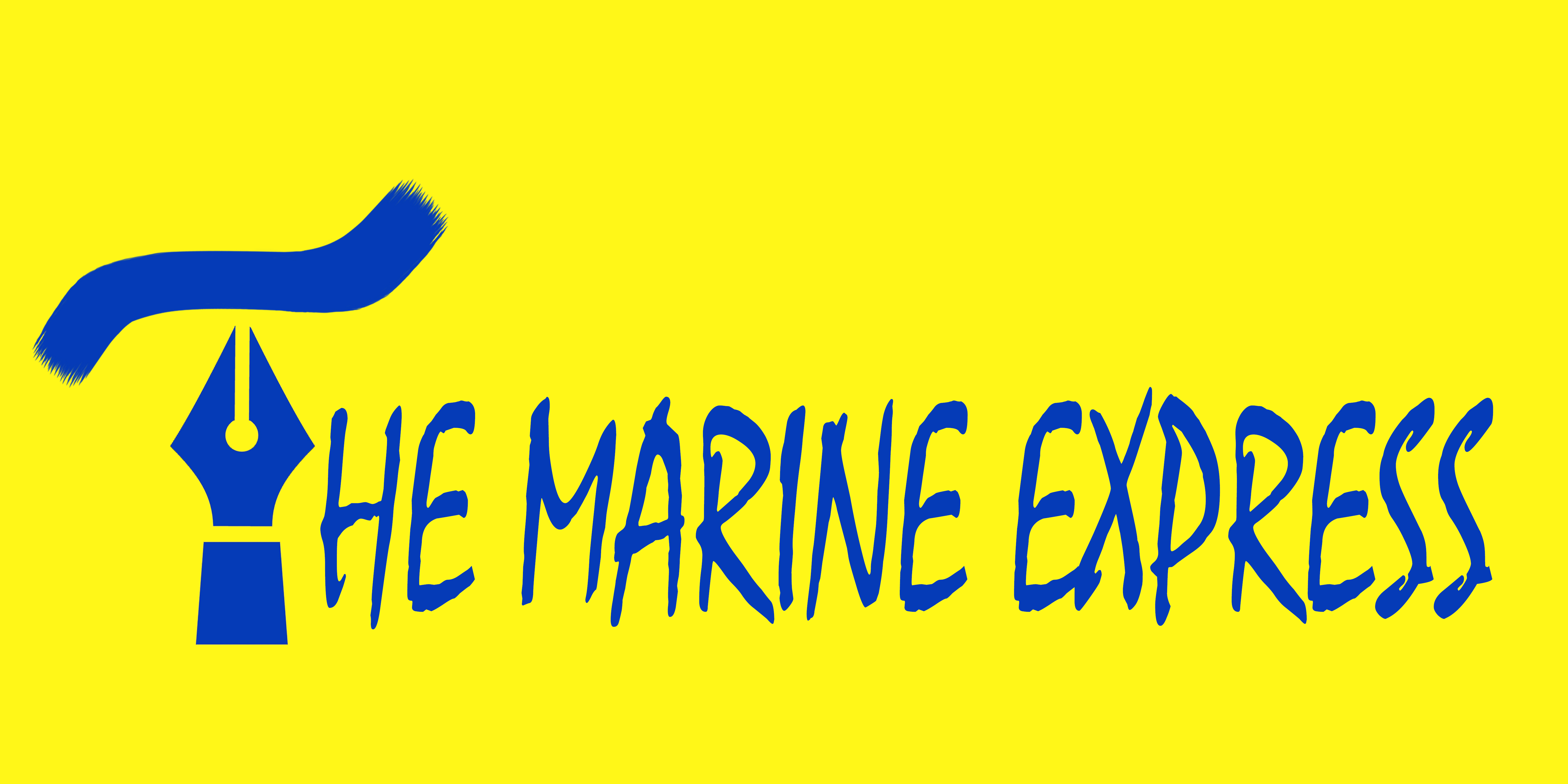




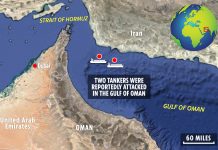
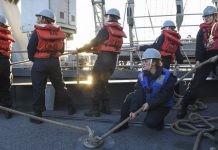



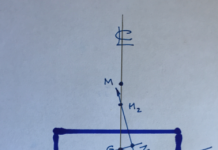
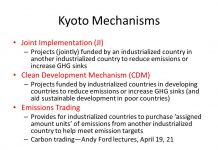
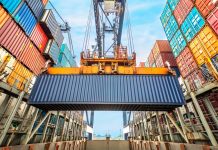
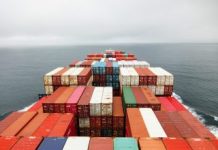
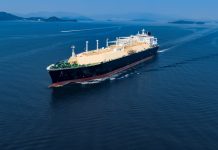
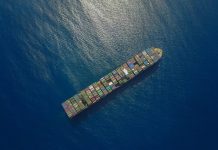
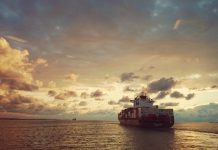

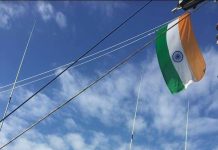



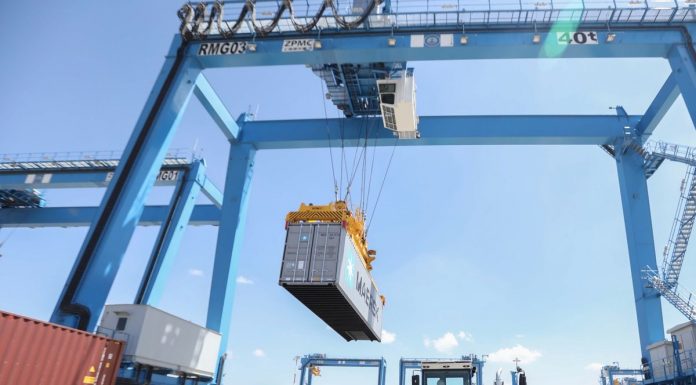










Wonderful goods from you, man. I have understand your stuff previous to and you are just too wonderful.
I really like what you’ve acquired here, certainly like what you are
stating and the way in which you say it. You make it enjoyable and you
still take care of to keep it smart. I can not wait to read far more from you.
This is actually a wonderful website.
I am sure this post has touched all the internet viewers, its really
really nice paragraph on building up new webpage. http://gasgrills.biz/selected-kamado-grills/
whoah this weblog is magnificent i really like reading your posts.
Keep up the great work! You realize, a lot of persons are hunting
around for this info, you could aid them greatly.
Heya i am for the first time here. I came across
this board and I find It truly helpful & it helped me out a lot.
I hope to provide something again and help others like you helped me.
I constantly spent my half an hour to read this web site’s articles daily along with a mug of
coffee.
Keep this going please, great job!
Glad to be one of many visitants on this awe inspiring site :D.
For the reason that the admin of this web page is working, no uncertainty very rapidly it will be well-known,
due to its quality contents.
I have been exploring for a little for any high-quality articles or
weblog posts on this sort of space . Exploring in Yahoo I eventually stumbled upon this site.
Reading this info So i’m glad to show that I have a very excellent uncanny feeling I
discovered exactly what I needed. I most indubitably will make sure to do not disregard
this website and give it a glance on a continuing basis.